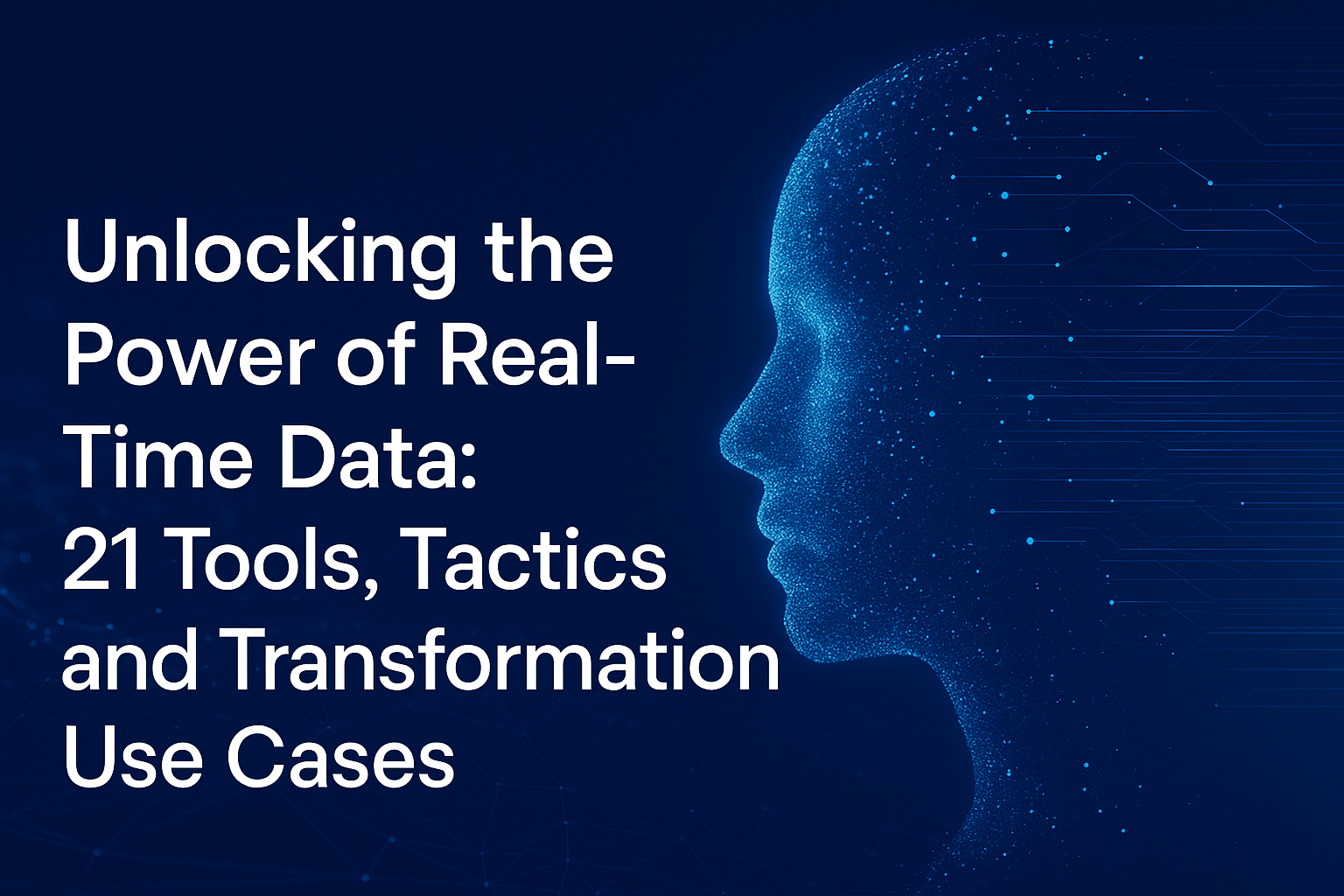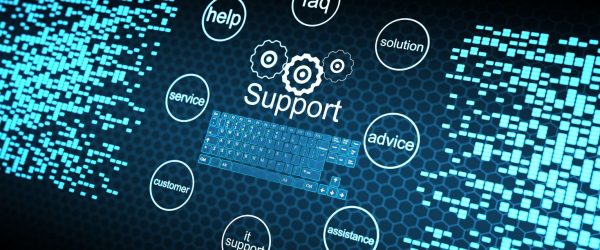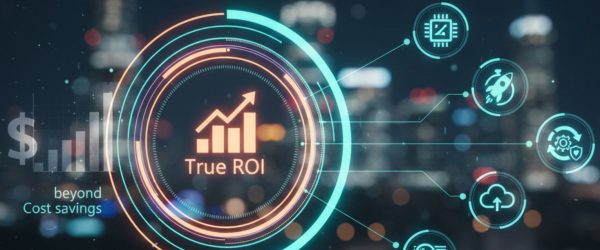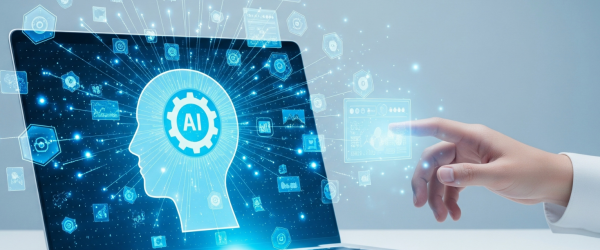Introduction to Real-Time Data Processing
Real-time data processing refers to the continuous input, processing, and output of data as it is created or received. Unlike traditional batch processing, which handles data in chunks at scheduled intervals, real-time processing operates with minimal latency.
Organizations today collect vast amounts of data from a variety of sources including sensors, applications, and user interactions. To stay competitive, they need systems that can process and act on this data immediately. Real-time data processing makes this possible, enabling businesses to make faster and more informed decisions.
Why Real-Time Data Processing Matters
Speed, Accuracy, and Actionability
When systems process data in real-time, they eliminate the lag that often results in missed opportunities or delayed reactions. This immediacy allows businesses to detect patterns, respond to events, and update operations continuously. For example, financial services can detect fraudulent activity as it occurs, and e-commerce platforms can personalize product recommendations instantly.
Real-time insights improve customer satisfaction, reduce operational costs, and enhance overall business agility. It’s about turning data into value at the moment it matters most.
Competitive Advantage in Data-Driven Industries
Industries that rely on data for decision-making—such as finance, healthcare, retail, and logistics—gain significant advantages through real-time capabilities. According to Gartner, a growing number of enterprises are shifting away from traditional analytics in favor of real-time data streams to drive business strategies.
By enabling proactive responses rather than reactive ones, real-time data fosters innovation, operational efficiency, and superior customer experiences.
Key Components of Real-Time Data Systems
A functional real-time data processing system comprises several critical components. Each plays a distinct role in transforming raw data into actionable insight within milliseconds.
Data Ingestion
Data ingestion is the first step in the pipeline. It involves collecting data from diverse sources such as IoT devices, social media feeds, server logs, or transaction systems. This data needs to be transported quickly and reliably into a central processing system.
Popular tools for ingestion include Apache Kafka, Amazon Kinesis Data Firehose, and Logstash.
Stream Processing
Stream processing engines transform and analyze data in motion. These systems allow organizations to filter, enrich, and aggregate data in real-time. Stream processing is ideal for applications requiring continuous analysis, such as fraud detection or real-time dashboards.
Apache Flink and Apache Spark Streaming are leading technologies in this domain.
Data Storage
While the primary goal is to act on data immediately, storing processed information is still necessary for compliance, auditing, and historical analysis. Real-time systems often use fast, scalable storage solutions such as Apache Druid, InfluxDB, or Redis.
Real-Time Analytics
Real-time analytics platforms provide visualizations, dashboards, and alerts based on live data. These insights enable users to make decisions on the fly, helping businesses react swiftly to trends and issues.
Popular visualization tools include Grafana, Kibana, and Tableau with real-time connectors.
Top Real-Time Data Processing Tools
Apache Kafka
Kafka is a distributed streaming platform known for its durability, scalability, and fault-tolerance. It enables high-throughput, low-latency data ingestion and stream processing.
Use Cases: Website activity tracking, log aggregation, IoT pipelines.
Apache Flink
Flink provides advanced stream processing with powerful windowing, state management, and event time processing. It excels in environments where complex computations are required.
Use Cases: Real-time analytics, fraud detection, monitoring systems.
Amazon Kinesis
Amazon Kinesis offers fully managed real-time processing within the AWS ecosystem. It allows easy integration with AWS Lambda, S3, Redshift, and other services.
Use Cases: Social media monitoring, clickstream analysis, IoT telemetry.
Google Cloud Dataflow
A serverless data processing service based on Apache Beam. It handles both batch and stream processing efficiently.
Use Cases: Real-time event processing, predictive analytics, anomaly detection.
Spark Streaming
An extension of Apache Spark for scalable stream processing. Spark Streaming supports real-time data ingestion from multiple sources and integrates with MLlib for machine learning tasks.
Use Cases: Financial data analysis, security monitoring, network traffic processing.
Azure Stream Analytics
Microsoft’s solution for analyzing and visualizing real-time data from devices, sensors, and applications.
Use Cases: Smart city monitoring, factory automation, energy grid analytics.
Redpanda
A Kafka-compatible platform designed for lower latency and simplified operations. It’s a strong choice for developers looking for Kafka-like functionality without Zookeeper or complex configurations.
Use Cases: Streaming video logs, messaging systems, telemetry data.
Techniques for Efficient Real-Time Processing
Windowing and Time Management
Windowing refers to segmenting continuous streams into fixed periods for analysis. This technique is vital for calculating rolling averages, sums, or counts over specific intervals. Tumbling, sliding, and session windows are commonly used strategies.
Event-Driven Architecture
Event-driven systems respond to events or changes in state. These architectures are inherently asynchronous and are often built using message queues or event brokers.
Benefits include decoupled systems, better scalability, and simplified workflows.
Complex Event Processing (CEP)
CEP involves identifying patterns among multiple streams of events. It allows systems to recognize sequences, anomalies, or trends in real-time.
Applications: Fraud detection, stock market monitoring, cybersecurity alerts.
Load Balancing and Fault Tolerance
To ensure consistent performance, systems use replication, sharding, and dynamic scaling to handle fluctuations in data volume. Proper failover mechanisms also reduce downtime and data loss in case of system failures.
Industry Use Cases for Real-Time Data
E-Commerce and Retail
- Personalized recommendations based on browsing behavior
- Real-time inventory management
- Dynamic pricing based on demand and competitor activity
Finance and Banking
- Instant fraud detection and blocking
- Real-time risk assessment
- High-frequency trading systems
Healthcare
- Real-time patient monitoring and alerts
- Medical imaging analysis
- Emergency response coordination
Manufacturing and IoT
- Predictive maintenance for machinery
- Real-time quality control on production lines
- Sensor data analysis for process optimization
Telecommunications
- Real-time call quality monitoring
- Customer churn prediction
- Network congestion detection
Challenges in Real-Time Data Processing
Scalability
As data volume grows, systems must scale horizontally and vertically. Poor scalability leads to lag, dropped messages, and ultimately, business inefficiencies.
Latency
Latency is a critical factor in real-time systems. High latency undermines the “real-time” promise and can result in missed opportunities or system failures.
Data Quality and Consistency
Maintaining accuracy across distributed systems is challenging. Systems need mechanisms for deduplication, schema validation, and eventual consistency.
Emerging Trends in Real-Time Data Processing
AI and Machine Learning Integration
Machine learning models trained on historical data are now being deployed in real-time scenarios. These include recommendation engines, dynamic pricing models, and behavioral scoring.
Edge Computing
Processing data closer to the source—on edge devices—reduces latency and bandwidth usage. This is especially important in IoT and autonomous systems.
Real-Time Personalization
Modern consumers expect experiences tailored to their preferences in real time. Businesses use real-time data to adapt content, offers, and interfaces dynamically.
Frequently Asked Questions (FAQs)
1. What is real-time data processing?
Real-time data processing involves continuously ingesting, analyzing, and responding to data as it is created. It contrasts with batch processing, where data is processed at scheduled intervals.
2. What are the benefits of real-time processing?
Benefits include faster decision-making, fraud detection, improved customer experience, and increased operational efficiency.
3. Which industries use real-time data the most?
Finance, healthcare, e-commerce, manufacturing, and telecommunications rely heavily on real-time data for mission-critical decisions.
4. Is real-time processing expensive?
While it can be resource-intensive, cloud platforms and open-source tools have made real-time processing more accessible and cost-effective.
5. What tools are best for real-time data processing?
Popular tools include Apache Kafka, Flink, Spark Streaming, Google Cloud Dataflow, and Amazon Kinesis.
6. Can machine learning models run in real-time?
Yes. With the right infrastructure, ML models can be deployed to analyze data streams and provide immediate predictions or classifications.
Conclusion
Real-time data processing is no longer optional; it’s essential for modern business operations. The ability to capture, process, and act on data instantly allows organizations to improve responsiveness, optimize performance, and deliver value at speed.
By investing in the right tools, strategies, and talent, businesses can transform real-time data into a strategic advantage. From preventing fraud in banking to predicting equipment failure in factories, the applications are vast and growing. The future belongs to those who act in the moment—and real-time data makes that possible.







